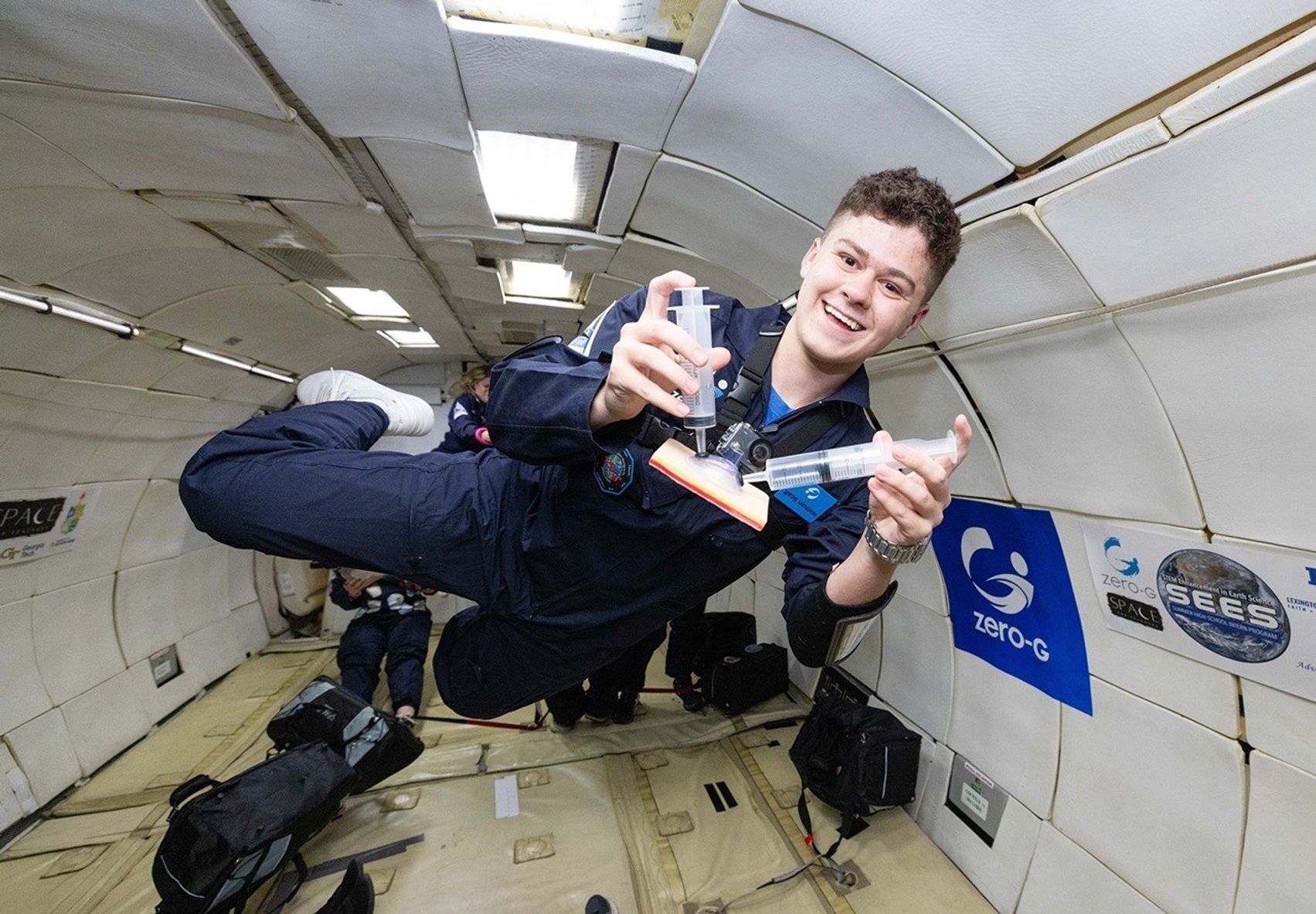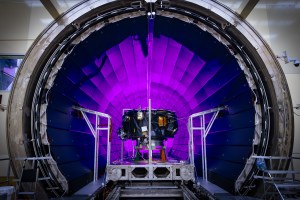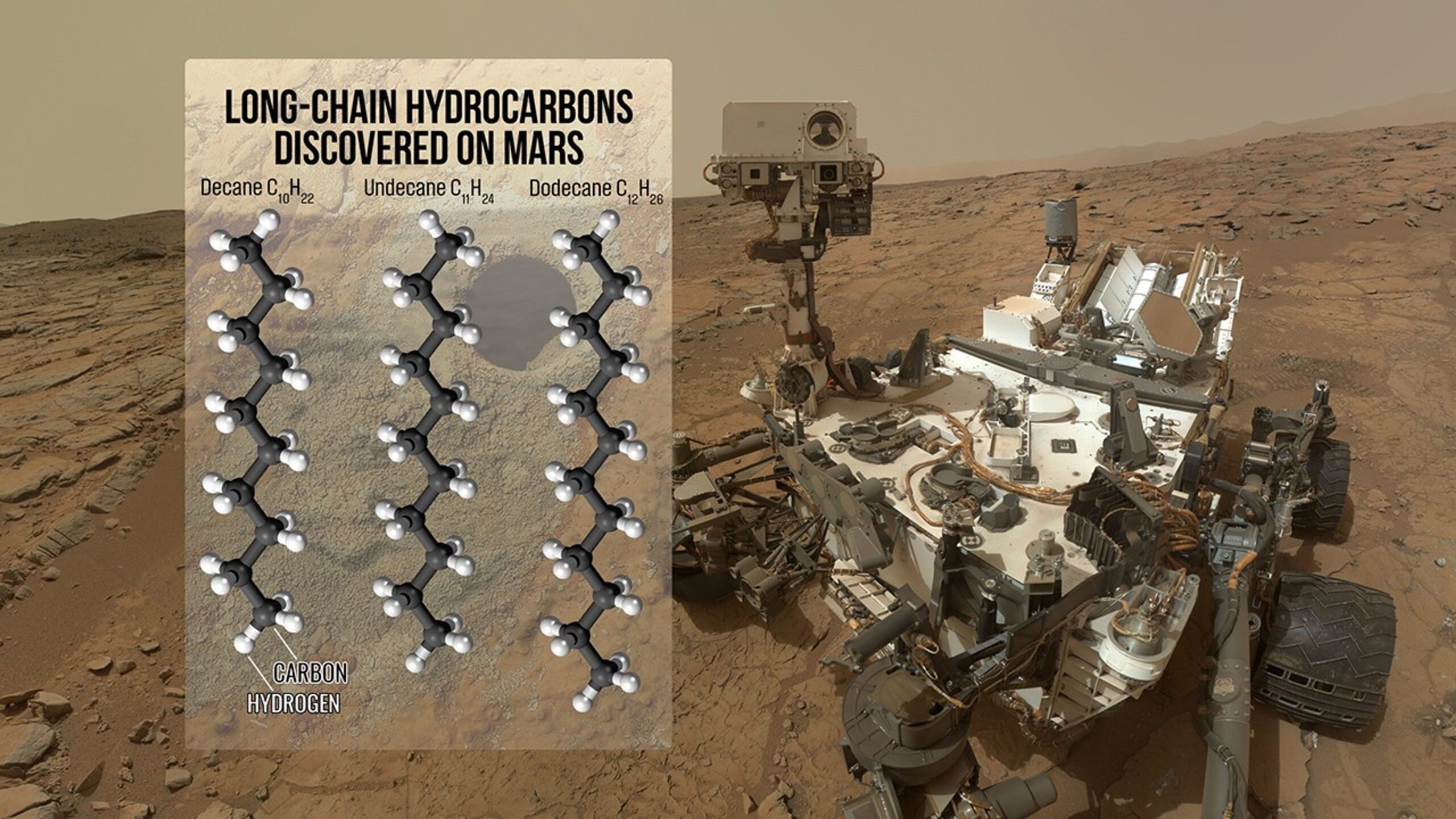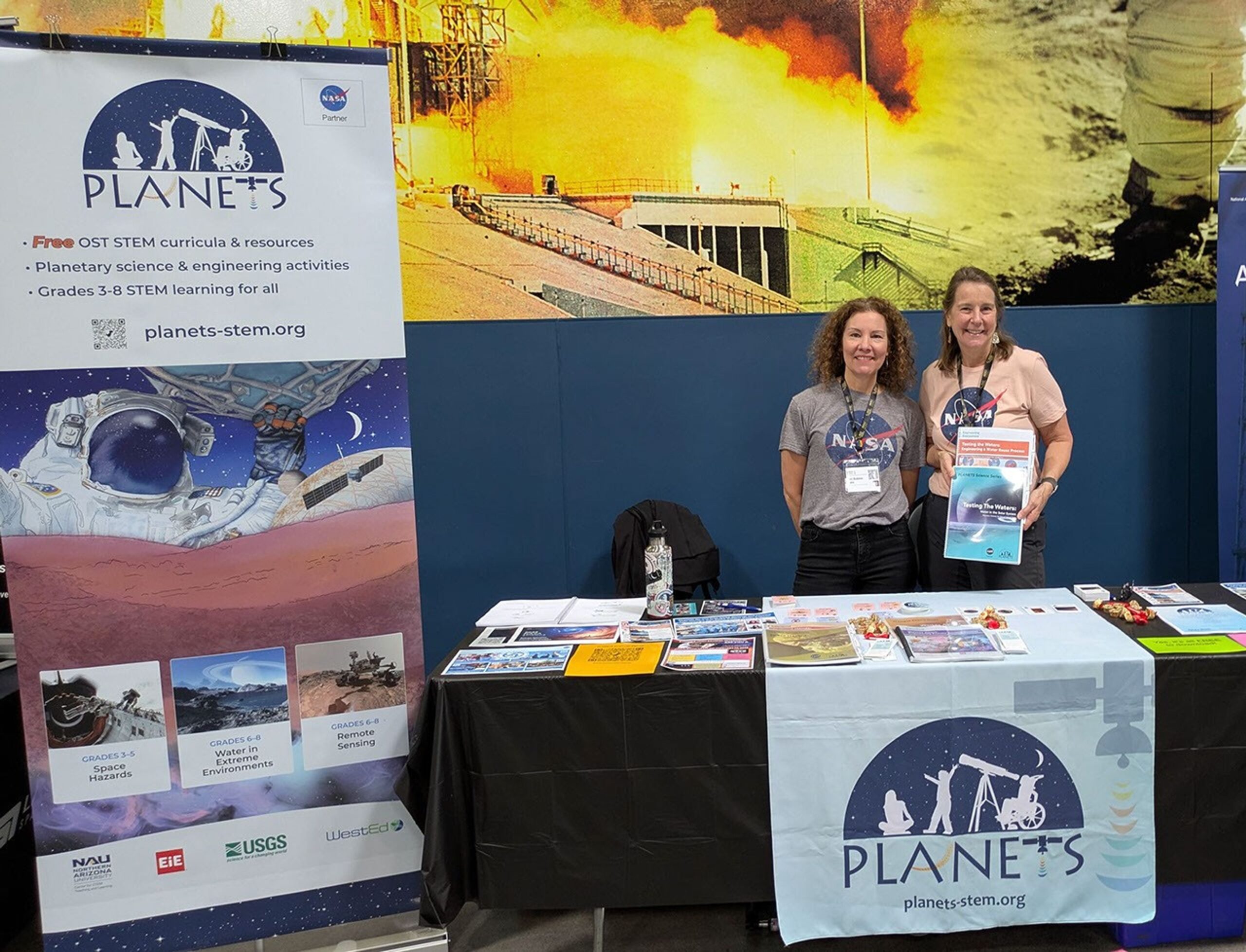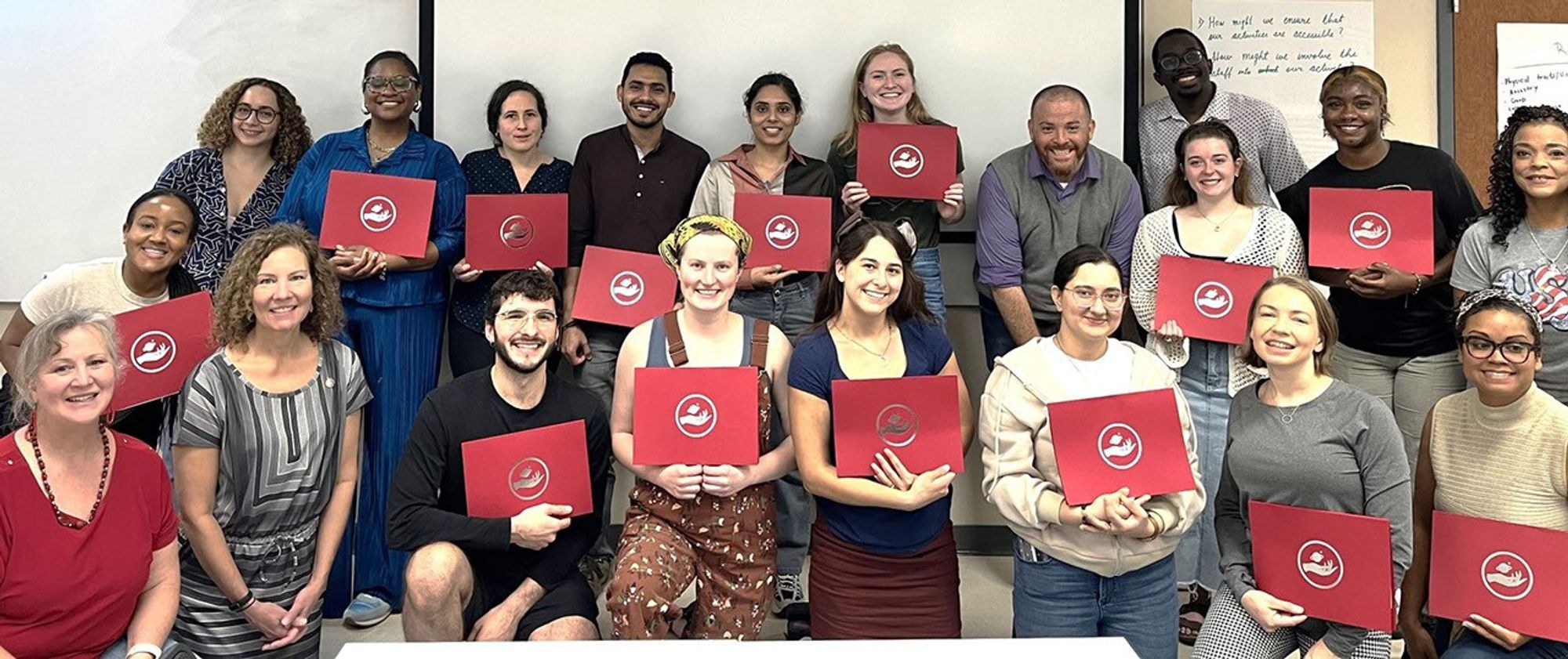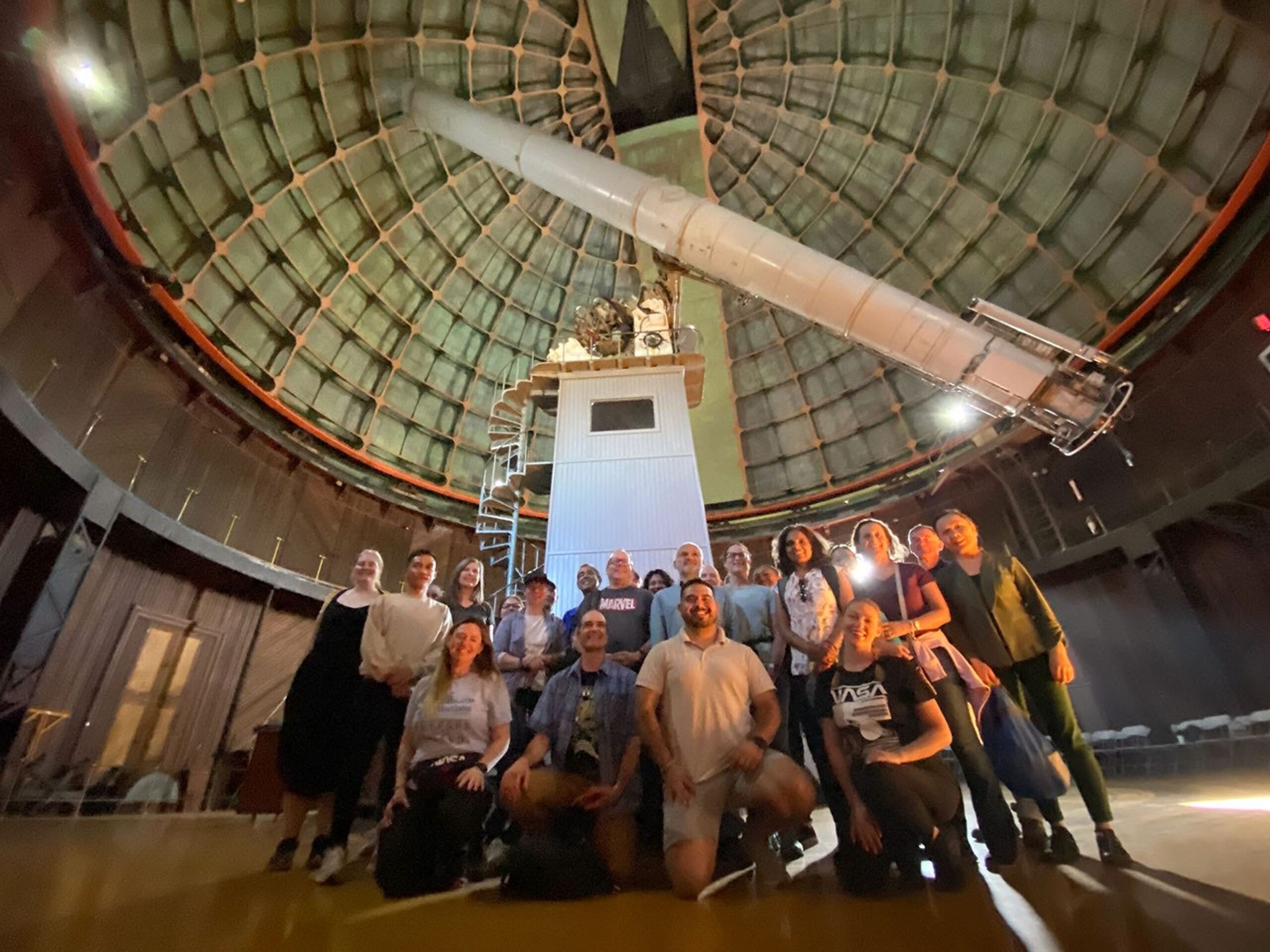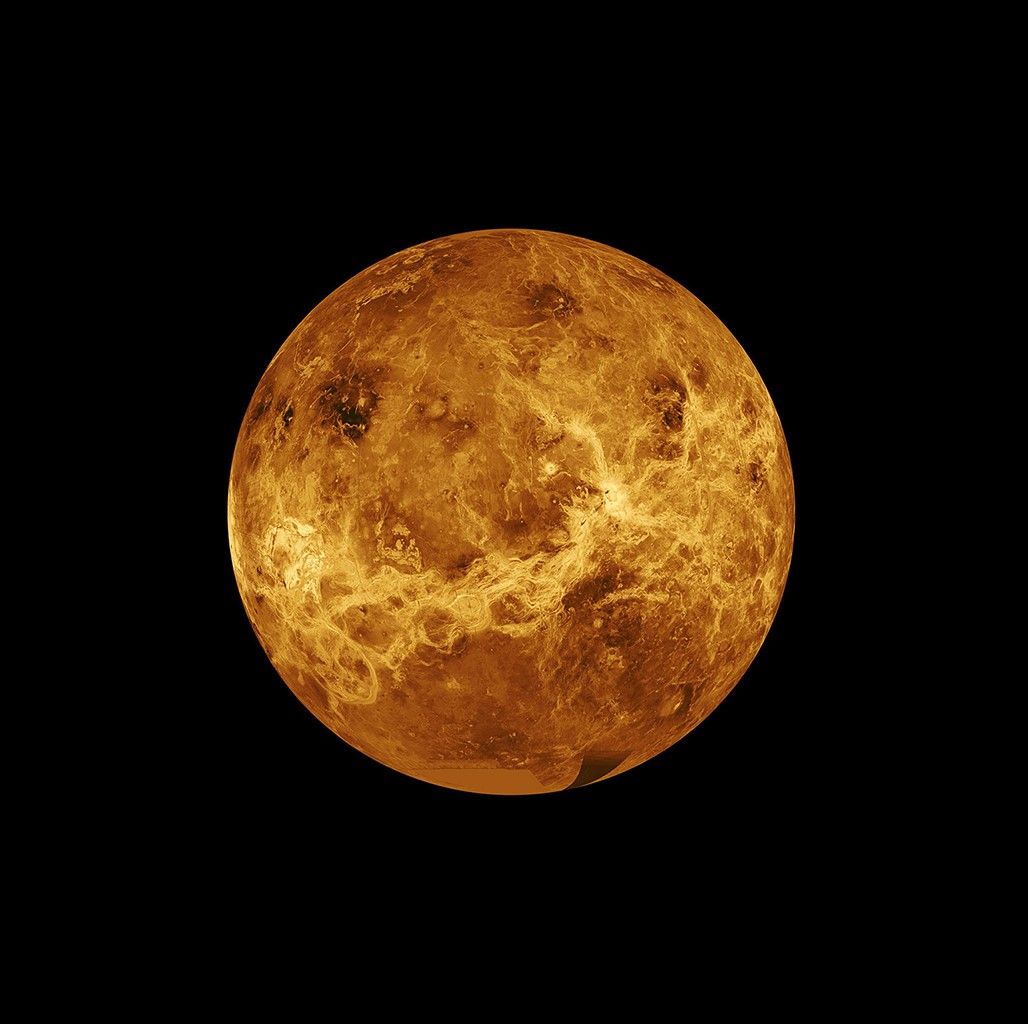Explore This Section Science NASA STEM Projects NASA Interns Conduct Aerospace… Overview Learning Resources Science Activation Teams SME Map Opportunities More Science Activation Stories Citizen Science 3 min read NASA Interns Conduct Aerospace Research in Microgravity The NASA Science Activation program’s STEM (Science, Technology, Engineering, and Mathematics) Enhancement in Earth Science (SEES) Summer Intern Program, hosted by the University of Texas Center for Space Research, continues to expand opportunities for high school students to engage in authentic spaceflight research. As part of the SEES Microgravity Research initiative, four interns…
Read MoreTag: Planetary Science
Percolating Clues: NASA Models New Way to Build Planetary Cores
5 min read Percolating Clues: NASA Models New Way to Build Planetary Cores NASA’s Perseverance rover was traveling in the channel of an ancient river, Neretva Vallis, when it captured this view of an area of scientific interest nicknamed “Bright Angel” – the light-toned area in the distance at right. The area features light-toned rocky outcrops that may represent either ancient sediment that later filled the channel or possibly much older rock that was subsequently exposed by river erosion. NASA/JPL-Caltech A new NASA study reveals a surprising way planetary cores…
Read MoreHave We Been to Uranus? We Asked a NASA Expert: Episode 56
2 min read Preparations for Next Moonwalk Simulations Underway (and Underwater) Have we ever been to Uranus? The answer is simple, yes, but only once. The Voyager II spacecraft flew by the planet Uranus back in 1986, during a golden era when the Voyager spacecraft explored all four giant planets of our solar system. It revealed an extreme world, a planet that had been bowled over onto its side by some extreme cataclysm early in the formation of the solar system. That means that its seasons and its magnetic field…
Read MoreHubble Helps Determine Uranus’ Rotation Rate with Unprecedented Precision
Explore Hubble Hubble Home Overview About Hubble The History of Hubble Hubble Timeline Why Have a Telescope in Space? Hubble by the Numbers At the Museum FAQs Impact & Benefits Hubble’s Impact & Benefits Science Impacts Cultural Impact Technology Benefits Impact on Human Spaceflight Astro Community Impacts Science Hubble Science Science Themes Science Highlights Science Behind Discoveries Hubble’s Partners in Science Universe Uncovered Explore the Night Sky Observatory Hubble Observatory Hubble Design Mission Operations Missions to Hubble Hubble vs Webb Team Hubble Team Career Aspirations Hubble Astronauts News Hubble News…
Read MoreNASA’s Curiosity Rover Detects Largest Organic Molecules Found on Mars
Researchers analyzing pulverized rock onboard NASA’s Curiosity rover have found the largest organic compounds on the Red Planet to date. The finding, published Monday in the Proceedings of the National Academy of Sciences, suggests prebiotic chemistry may have advanced further on Mars than previously observed. Scientists probed an existing rock sample inside Curiosity’s Sample Analysis at Mars (SAM) mini-lab and found the molecules decane, undecane, and dodecane. These compounds, which are made up of 10, 11, and 12 carbons, respectively, are thought to be the fragments of fatty acids that…
Read MoreSharing PLANETS Curriculum with Out-of-School Time Educators
Explore This Section Science Science Activation Sharing PLANETS Curriculum… Overview Learning Resources Science Activation Teams SME Map Opportunities More Science Activation Stories Citizen Science 2 min read Sharing PLANETS Curriculum with Out-of-School Time Educators Out of school time (OST) educators work with youth in afterschool, community, and camp programs. Science, Technology, Engineering, and Mathematics (STEM) learning in OST can be challenging for multiple reasons, including lack of materials and support for educators. The NASA Science Activation program’s PLANETS project – Planetary Learning that Advances the Nexus of Engineering, Technology,…
Read MoreNASA’s Planetary Defenders Head to the Sundance Film Festival
Trailer for NASA’s upcoming documentary, “Planetary Defenders,” which will take audiences inside the high-stakes world of asteroid hunting and planetary defense. NASA is bringing the high-stakes world of planetary defense to the Sundance Film Festival, highlighting its upcoming documentary, “Planetary Defenders,” during a panel ahead of its spring 2025 premiere on the agency’s streaming service. “We’re thrilled that NASA is attending Sundance Film Festival for the first time – a festival renowned for its innovative spirit,” said Brittany Brown, director, NASA Office of Communications Digital and Technology Division, at the…
Read MoreNASA Workshops Culturally Inclusive Planetary Engagement with Educators
Learn Home Science Activation NASA Workshops Culturally… Overview Learning Resources Science Activation Teams SME Map Opportunities More Science Activation Stories Citizen Science 2 min read NASA Workshops Culturally Inclusive Planetary Engagement with Educators From November 6-8, 2024, the NASA Science Activation Program’s Planetary Resources and Content Heroes (ReaCH) project held a Culturally Inclusive Planetary Engagement workshop at the Bradley Observatory at Agnes Scott College in Atlanta, Georgia for the space sciences community, including planetary science, astrobiology, astronomy, and heliophysics professionals, as well as invited education specialists. To practice the…
Read MoreAstronomy Activation Ambassadors: A New Era
Learn Home Astronomy Activation… STEM Engagement at NASA Overview Learning Resources Science Activation Teams SME Map Opportunities More Science Activation Stories Citizen Science 3 min read Astronomy Activation Ambassadors: A New Era The NASA Science Activation Program’s Astronomy Activation Ambassadors (AAA) project aims to measurably enhance student Science, Technology, Engineering, and Mathematics (STEM) engagement via middle school, high school, and community college science teacher professional development. In 2024, AAA transitioned its focus to the development of an Astronomy Academy with varying levels of extent and intensity available to more…
Read MoreNASA DAVINCI Mission’s Many ‘Firsts’ to Unlock Venus’ Hidden Secrets
5 Min Read NASA DAVINCI Mission’s Many ‘Firsts’ to Unlock Venus’ Hidden Secrets The surface of Venus is an inferno with temperatures hot enough to melt lead. This image is a composite of data from NASA’s Magellan spacecraft and Pioneer Venus Orbiter. Credits: NASA/JPL-Caltech NASA’s DAVINCI — Deep Atmosphere Venus Investigation of Noble gases, Chemistry, and Imaging — mission embodies the spirit of innovation and exploration that its namesake, Leonardo da Vinci, was famous for. Scheduled to launch in the early 2030s, DAVINCI will explore Venus with both a spacecraft…
Read More